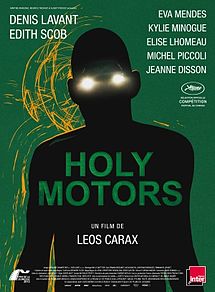
To be consistent with various political commitments, I want my favorite movie of the year to be Django Unchained. It does many of the main things I want great movies to do: it riffs on established genre patterns,reshaping them while acknowledging the greatness of previous iterations. It gives me an underdog hero who kicks ass in creative, bloody ways. It makes smart, challenging claims about American culture and history. And it’s accessible to just about everyone–everyone, at least, who can handle a far more liberal sprinkling of actually offensive profanity than I ever intend to produce.
However, I’ve had several days to ponder my feelings for the unexpected challenger in the mix. This homo high school kid who sang many a tune from Les Mis would not have been shocked to have the Jackman-led cast make me fall in love all over again or some such crap. But no, that is not the competition. I suspect I’ll love Amour as well, simply because Haneke is a brutal artist who makes the highbrows respect the sick shit I revel in whether it’s Cannes-eligible or not. No worries, Quentin, the real challenger isn’t even on the Academy’s list: it’s Holy Motors, which I finally saw last Thursday thanks to the Floyd Theater and Student Activities Board at the University of Louisville.
To say too much about why Holy Motors deserves its places on many of the world’s top 10 lists of 2012 risks robbing you of the experience. Perhaps you should stop reading now and just see the movie. For those who want more, though, I’ll explain a few reasons why I find the film impossible to stop thinking about.
1. It recapitulates film history without being dense or annoyingly erudite. Yes, lots of allusions, but you could miss every one and still vaguely sense that each of the film’s segments riffs on a specific aspect of film production or style. And just as the brilliant lead performer (Denis Lavant) slides into a new and unexpected performance, the camera and sound perform similarly, using cinematographic gestures and musical flourishes that highlight the current mode of the narrative without creating the obvious disjunctions so common to high-minded pastiches. I feel that even calling the movie pastiche–even though I’d have a hard time arguing that it isn’t–belies the unity it achieves through its fluid integration of elements, a sustained, followable, FUN tone that rolls into new thrills like a high-end rollercoaster.
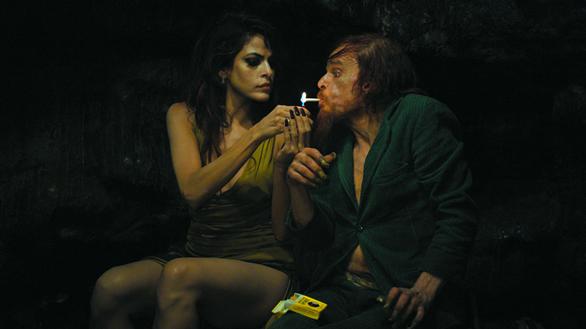
2. It seduces with different possibilities for unity. The advertised structure–the male protagonist moves through (at least) nine different scenarios, recreating himself for each encounter–does not follow a consistent logic, but it doesn’t abandon logic, either. The all-life-is-performance, authenticity-is-illusion themes are necessary but a beginning rather than an end. The film provides several, incompatible ways to feel for the various performances, granting authenticity to the postmodern truism about performance by suggesting that several of the scenes we see could be non-chronologically presented moments from the same life and relationships. Instead of being unstuck in time like Billy Pilgrim, our protagonist, Mr. Oscar, gets driven from point in time to point in time, each point matched to its appropriate genre elements and tones, by a ride in a limousine. And so in the audience, I find myself actually identifying with the abstractions onscreen, seeing not just a heap of styles, which it is, but also my own confusion at encountering life as a remix of familiar narratives and genres, my own desire to be knowing and professional about this encounter, and my own bemusement about living life in the layers-of-performance manner imposed on everyone, to one degree of self-consciousness or another.

3. Just about every moment is gorgeous and compelling. Denis Lavant on the screen, most notable in the motion-capture dance but in all the other sequences as well, renders movement as poetry, reminds us that acting is an art of embodiment. The supporting cast holds up extremely well; women, no more or less interchangeable than men, even though the women involve different actors whereas Lavant is a distressing number of the men, move with beauty and mystery that provide eroticism, pathos, bathos, and even laugh-out-loud hilarity. Holy Motors isn’t easy, and I imagine it requires some comfort with “art film” viewing habits in order for the viewer to play along, but if you can play along, you’re in for a treat of a sort I haven’t otherwise experienced.
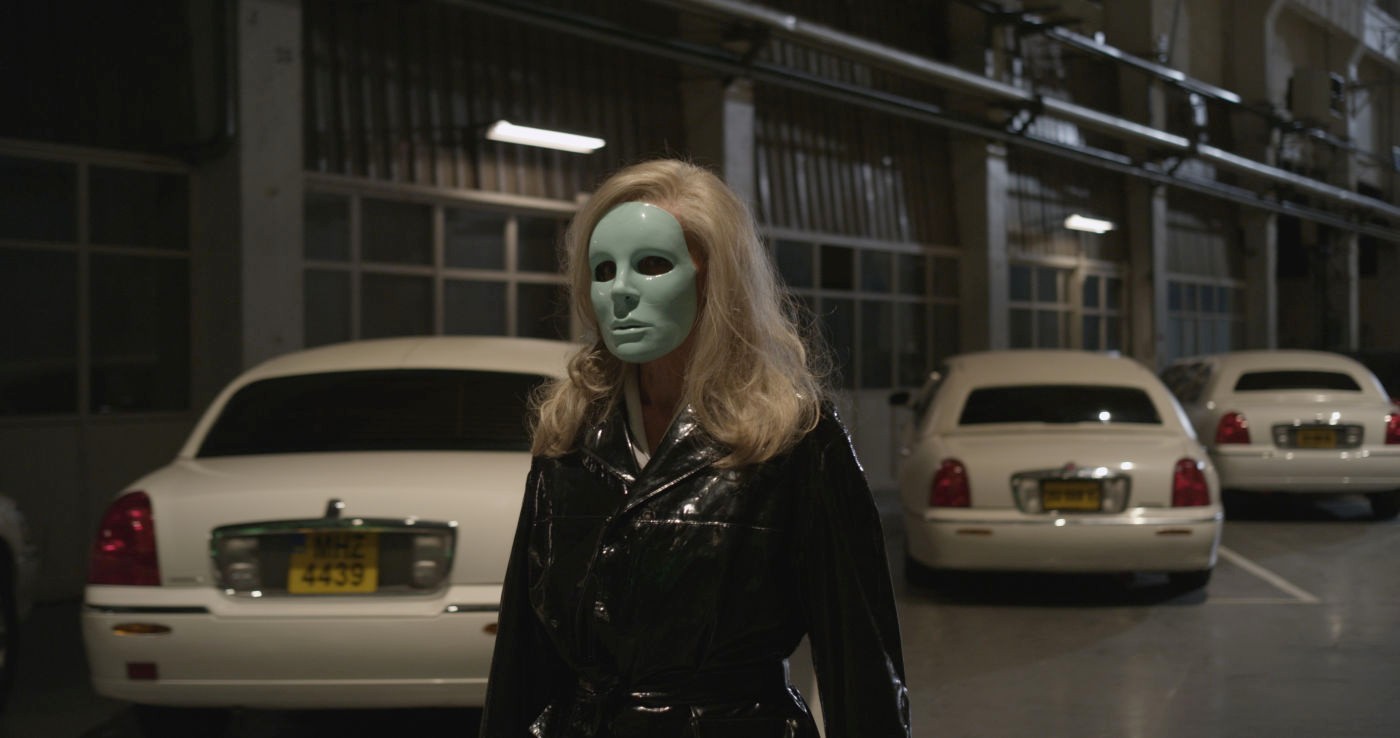
Have I managed to tell you everything about this movie while revealing next to nothing about it? I do hope so. One last word: accordions!
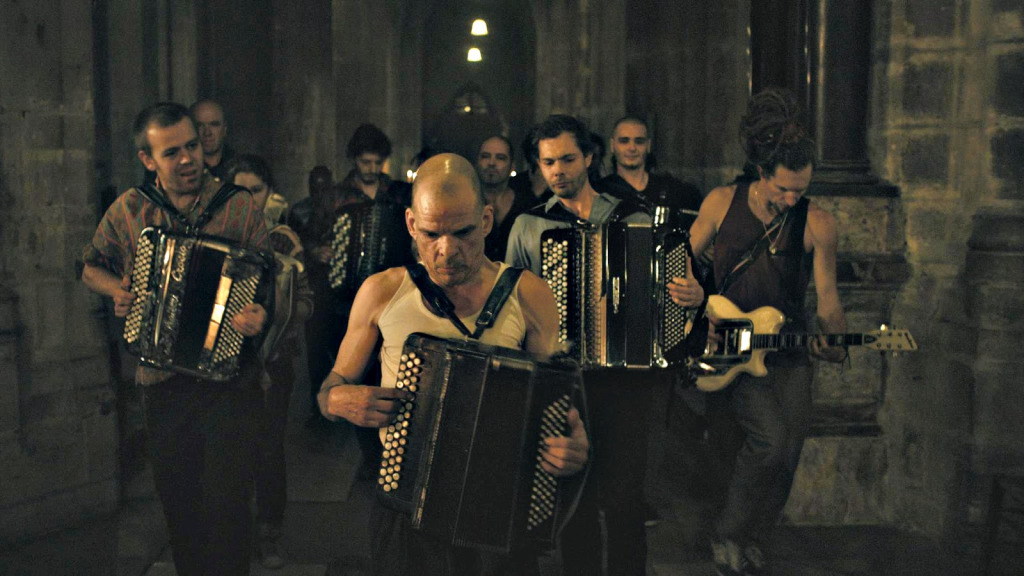
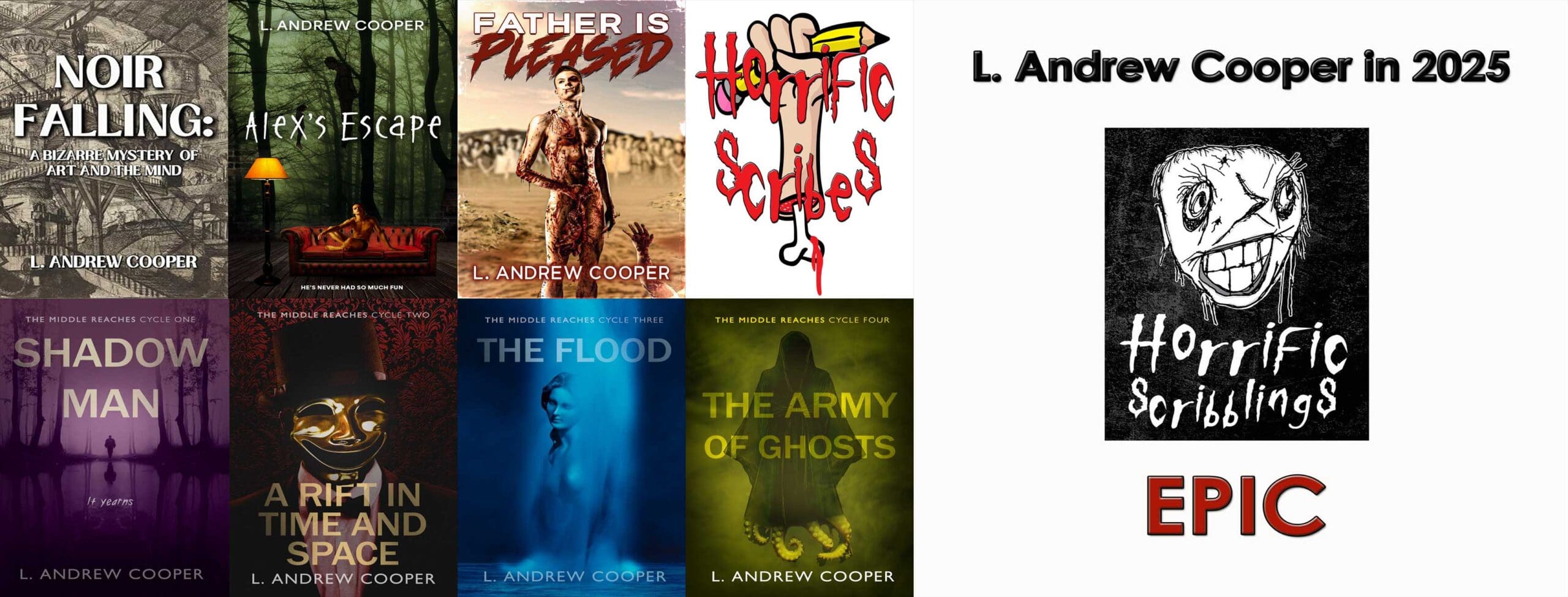
Comments are closed.